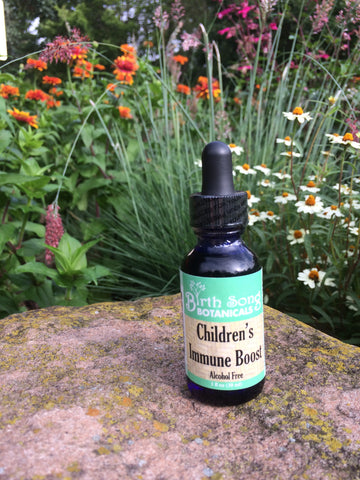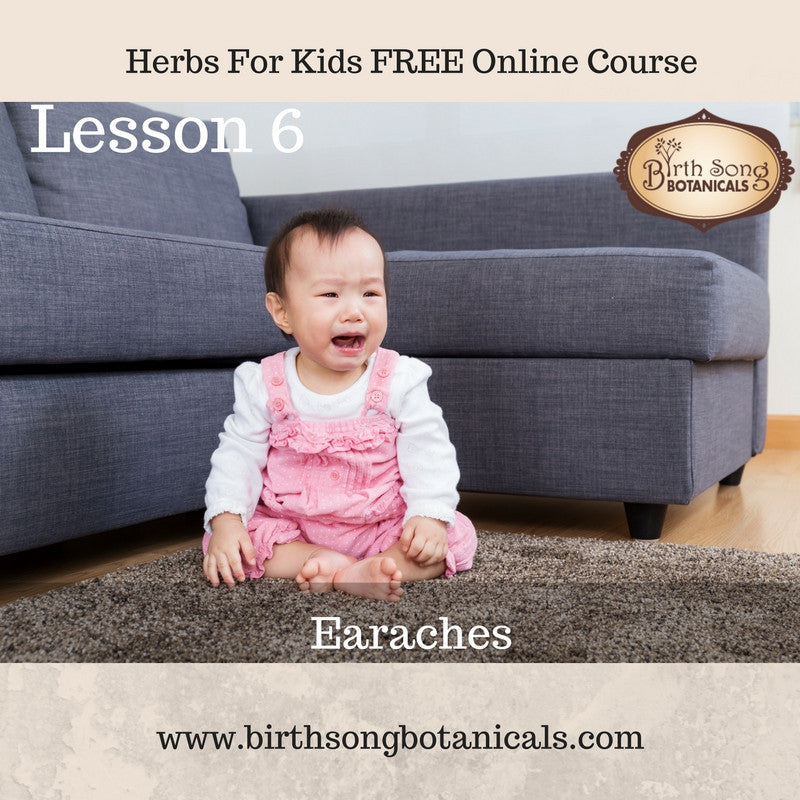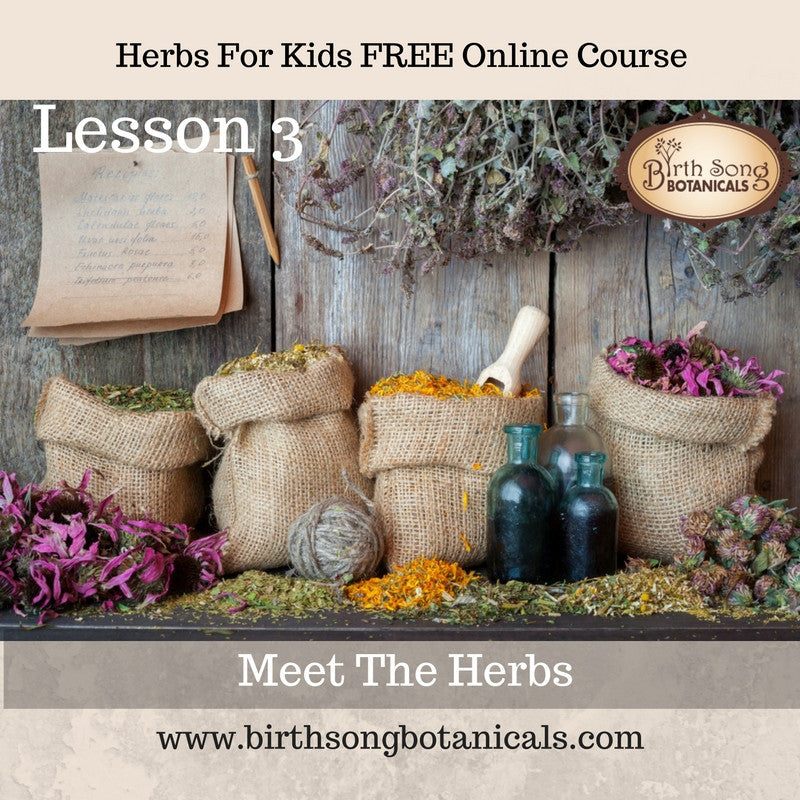LESSON 6- Earaches
I know from personal experience just how serious ear infections can be. As a child, I suffered from multiple painful infections, countless visits to the ear doctor, antibiotics, and surgeries. I have permanent hearing loss as a result. If ear infections are mistreated or taken lightly, they can spiral out of control and leave long-term damage.
About half of ear infections in the U.S. are caused by bacteria and the other half are attributed to viruses and allergies. Antibiotic treatment can be helpful for acute bacterial infections. Having said that, something to keep in mind about antibiotics (anti-life) is that they can eliminate the beneficial bacteria as well, resulting in a greater depression of the body’s ability to fight off infections. Oftentimes, children experience multiple recurring earaches. The overuse of antibiotics perpetuates the creation of antibiotic-resistant bacteria. Choosing natural remedies for common illnesses instead of antibiotics is actually better for both your child’s health and global health. Antibiotic-resistant bacteria is a serious global health issue.
Watch this playlist of in-depth videos about how to treat painful earaches with herbs.
Earaches: What to Look For
When you notice the first signs of an earache, begin your wellness plan right away. Be on the lookout for coughs, colds, congestion, runny nose, fever, and excessive pulling or rubbing of the earlobes, accompanied by irritability and fussiness. When an ear infection has taken hold, your child will let you know by awakening in the middle of the night, crying, and pulling on her ears. It is moments like these that you need to have your remedies on hand.
An essential piece of your wellness plan is avoiding all potential allergens and mucus-causing foods, such as wheat, dairy, eggs, orange juice, sugar, and processed foods.
Giving probiotics several times daily is helpful. It is imperative that your child stay hydrated. Along with giving our Earache Relief Oil (or make your own using the recipe below), you can offer a decongesting tea and vapor rub, and apply warm, dry heat to comfort the ear. An Echinacea and Oregon Grape Root tincture such my Children’s Immune Boost can also be helpful.
Children appear to recover quickly. In the day they may want to get out and play, but in the night they are up crying in pain. It is our job as parents to create a healing environment in our homes. If you do not want your child to relapse, consider keeping him at home where he can play but not overdo it. Sick kids need their rest. If you must get out of the house, don’t let your child out in the cold, windy air without a hat or ear muffs to keep her ears covered and warm.

Earache Relief Oil is Helpful For:
- Swimmers Ear
- Soothing the discomfort of inflamed tissue caused from infection
- Battling the infection on contact
- Clearing the ear from congestion and moisture
How to Apply Earache Relief Oil
Have the person lay down on their side and have the painful ear facing up. Apply a few warm drops of our medicinal herb infused Ear Ache Relief Oil into your ear. To do this, gently pull down on the ear lobe to open the ear canal more, this way the soothing herbs can get to all the painful areas. Softly massage the area around the ear. Allow the oil to soak in for a few minutes before placing in a cotton ball. Be sure to add Ear Ache Relief Oil to both ears. Be mindful not to touch the infected ears with the dropper. You don't want to contaminate your bottle. Also, do not apply oil to the ear if you suspect a perforated eardrum.
How to Warm Earache Relief Oil
Warming the oil is easy. Pour hot water into a small pot or tea cup. Place Earache Relief Oil into the hot water. Let soak for a few minutes to warm up but not be too hot that the oil will burn. Test the oil first before placing it into your ear. To test the oil temperature drop 1-2 drops on your wrist like you test a baby bottle.
Cold oil will not feel as soothing and may cause dizziness.
Shake well before using.
Suggested Use for Earache Relief: Apply 3-5 drops into affected ear and plug with cotton. Repeat every 3 hours or as needed. Best if oil is warmed first, but be mindful not to burn the ear.
Make Your Own Herbal Ear Oil


* This information is for educational purposes only. This is not intended to treat, diagnose, or cure any illness or disease. If you are concerned about your child's health seek medical care.


























